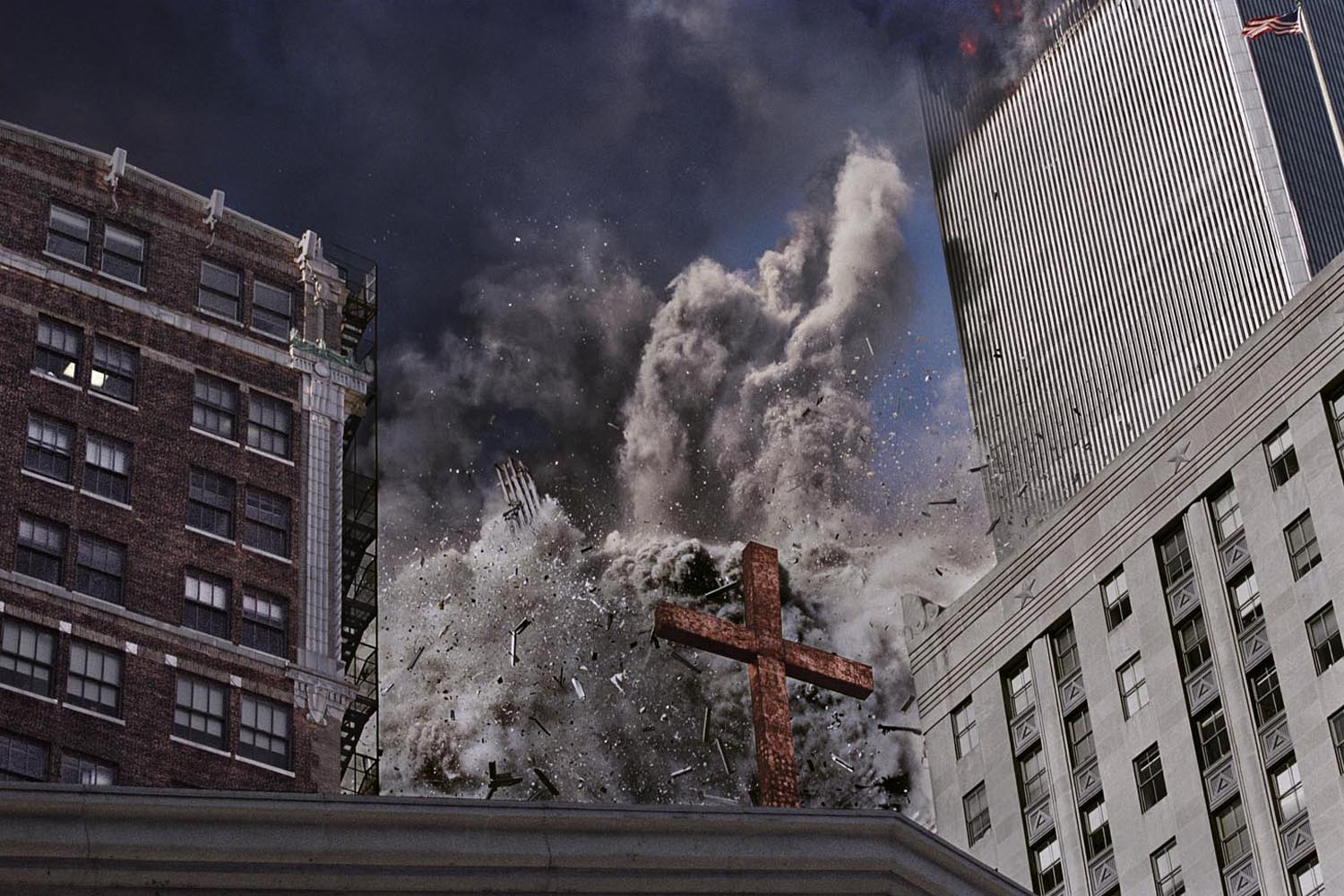
James Nachtwey happened to be in New York the morning of 9/11 and made his way to Ground Zero. In 2001, TIME published Nachtwey’s extraordinary pictures from the day, but he did not revisit those 27 rolls of film for years. In 2011, we had Nachtwey in the office, poring over his contact sheets, reliving the events of that Tuesday. Here, he shares his edit of those photographs, some previously unpublished (slides: 1, 5, 8, 9, 11, 14, 16), with TIME and spoke with writer David Levi Strauss about the work.
James Nachtwey awoke early on September 11, 2001, having flown in from France late the night before. It was unusual for him to be in the city at that time, when he would normally be on assignment elsewhere in the world, documenting conflicts. He took his morning coffee to the east side of his Water Street loft, and looked out across the East River to the Brooklyn Bridge. He remembers that the sky was the bluest and clearest he’d seen in a long time, a condition pilots call “severe clear.” The bridge was lit from behind, with the sun glinting off the surface of the water. Nachtwey glanced down, and noticed some people standing on an adjacent roof, looking west and pointing toward the sky. He crossed the room to the windows on the other side of the loft and saw the north tower of the World Trade Center in flames. A few minutes later, the second plane hit the south tower. Nachtwey, the greatest war photographer of our time, knew instantly that this was an act of war. He packed up his cameras, loaded all the film he had, and ran toward the burning towers.
(Related: 9/11: The Photographs That Moved Them Most )
As he had done so many times before, he was running toward something that everyone else, except for the other first-responders, was running away from. He was going to do his job: to get to the spot and document what was happening. But this time it was different. This time it was happening in his own backyard. “I’ve always gone away, and been involved in other people’s tragedies and dangerous situations, and coming back to America was always a refuge. But now the war had reached us, and I think we became part of the world at that point in a way that we hadn’t been before. Maybe it was a long time in coming, but it’s happened now, and nothing will ever be the same.”
The photographs that Nachtwey took that day, over the next twelve hours, are some of the most iconic images of 9/11: the south tower collapsing behind the cross atop the Church of Saint Peter on Church Street and Barclay; ghostly figures coated in white dust emerging from the smoke; three firemen working around their leader, on his knees, bareheaded, looking back to see the flames sweeping toward them; and the twisted, otherworldly ruins of 1 World Trade Center, looking like the “set of a silent film of the apocalypse.”
At 10:29 a.m., Nachtwey heard “what sounded like a waterfall in the sky,” and looked up to see the north tower coming right down on top of him. “I understood instantly that I had about five seconds to live, and that my chances of surviving this were very slim. It was actually a very beautiful sight, with the smoke and the metal and the paper against the blue sky. It was visually stunning, one of the most beautiful things I’ve ever seen. But it was going to kill me, and there was no time to take a picture.” He quickly scanned the area, spied the open door of a hotel across the street (the Millennium Hotel) and lunged toward it. Inside, he dove into an open elevator just as everything went black. “You couldn’t see a thing. I might have been dead, except that I was suffocating, so I knew I must be alive.” He called out to see if there was anyone injured around him who needed help, and then began inching forward in the darkness. After awhile, he saw pinpoints of light that turned out to be the blinking lights of abandoned police vehicles. “Then I knew I was outside, and I realized, well, I must not be buried under the wreckage if I’m outside.” He instinctively headed north and eventually came out into the light. Then he turned around and went back to Ground Zero.
“It was, well, what can I say? It was beyond belief. Everything was covered in that white dust, with giant pieces of metal lying around, and the buildings crushed beneath it. There wasn’t much the firemen could do, but they were still trying, searching and calling out for people. I mean it was just solid wreckage. It was so unbelievable that I guess you just had to rely on what you normally do, and just keep doing your job. And the firemen and police were there, they were doing their job, they were professional. I think they understood they’d lost a lot of their comrades, but they were holding that in pretty good. For myself, I remember trying to be a photographer and how important that seemed. It was the only thing I could do. It was my simple task.”
One of the things that made 9/11 different from many of the battlefields where Nachtwey has worked for the past 30 years was that he wasn’t seeing the bodies of the dead. “The absence of bodies put your heart in your throat, understanding how great the loss must be. There was no one to rescue, no one to treat. They were all underneath the wreckage, and they were all dead.”
Nachtwey spent the rest of the day at Ground Zero, doing his job. He had brought 28 rolls of film, and gave one precious roll away to a fellow photographer. Ten years ago, Nachtwey had not yet switched over to digital, so there are 27 contact sheets from September 11th. Fourteen of Nachtwey’s images that were posted on Time.com had 2 million page views on that first day.
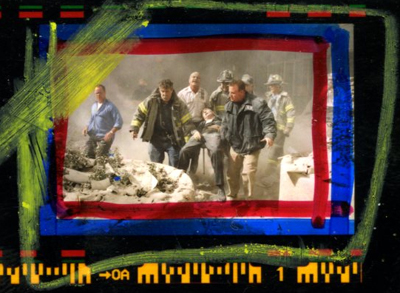
On August 21, 2011, Nachtwey looked at his contact sheets from 9/11 for the first time in ten years, and it unleashed a torrent of memories. “I was surprised at how raw I still felt about that day. I realized I’d buried it and wanted to keep it buried. There must be plenty of reasons why, but they’re mostly unarticulated, and maybe they always will be. The sheer magnitude of it, the unreality, the horror, the futility, the insane, evil brilliance of the attack and the plain fact that it succeeded, the ways in which it changed the world, an overwhelming, unbearable sense of loss, because photography is a form of memory, a physical manifestation of it, and some memories want to be locked away, and I was unlocking them.”
Like all of the documentary photographers I know, Jim Nachtwey has an unshakeable belief in the power of images, and that there is a real social value in people being able to see what happened. “What sustains me is the overall value in communicating. People need to know and they need to understand in a human way. Photography is a language, with its own limitations and strengths, but these are my tools, so I have to try and use them well. I want my pictures to be powerful and eloquent. I want to reach people on a deep level. Because I’m presenting my images to a mass audience, I have to have faith that people care about things. People are innately generous, and if they have a channel for their generosity, they’ll respond. People know when something unacceptable is going on, and they want to see it change. I think that’s the basis of communication. Mass awareness is one element of change, but it has to be combined with political will.”
“In the case of 9/11, the fact that it was wrong and that it was an atrocity was obvious—it didn’t take me to prove it. All I could do was document it to the best of my ability. I think a lot of times, my pictures can actually change people’s minds, and push the process that needs to happen in a certain direction. But in this case it was going to happen with or without me. Unfortunately, the Bush administration used the emotional power of the images of 9/11, including mine, to justify and gather support for an ill-conceived invasion of Iraq, a country that had absolutely no connection to the attack on 9/11. So things get manipulated in all kinds of ways. But I really did feel the personal anger about 9/11. This was an attack on my country, my city, my neighborhood.”
Interview by David Levi Strauss
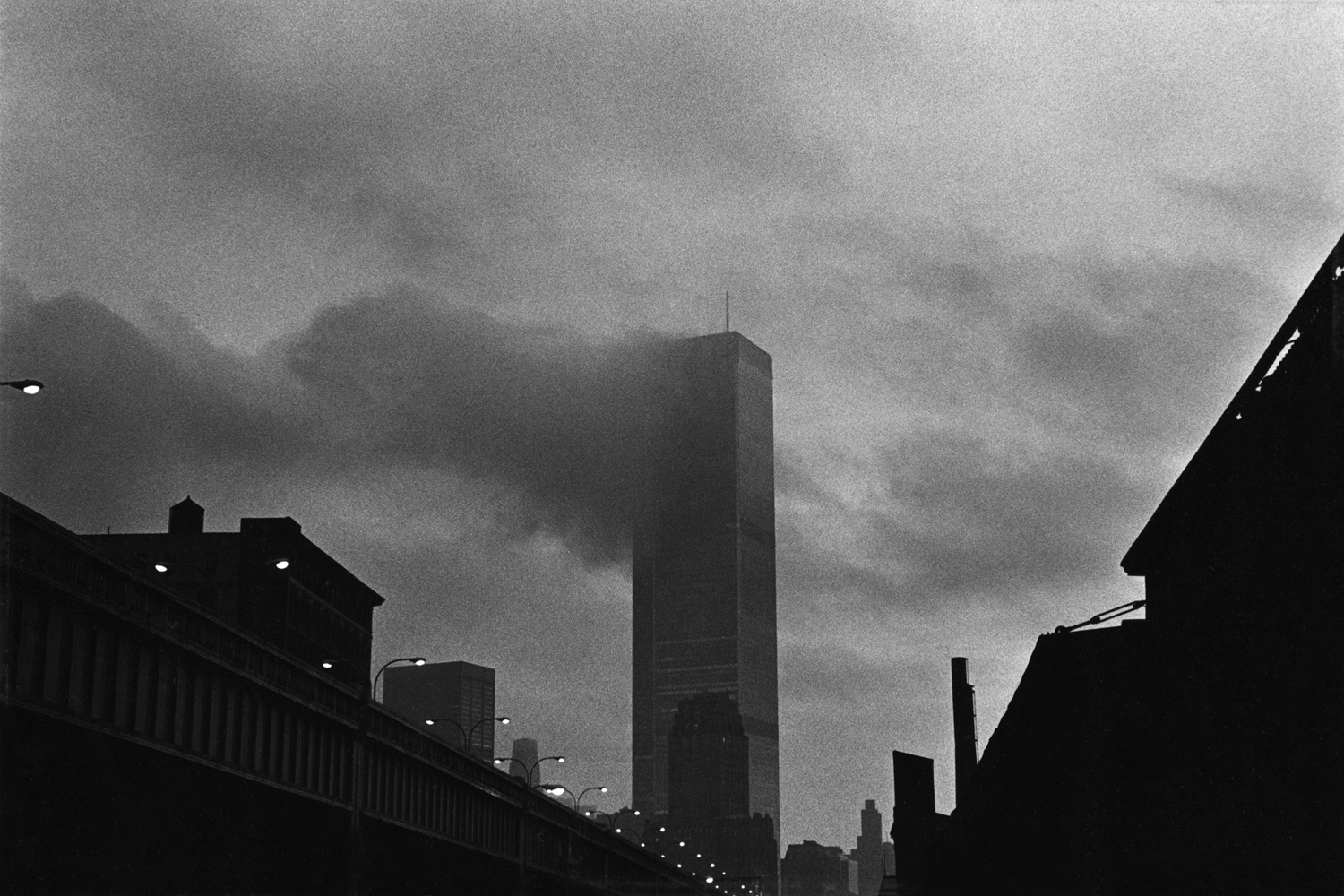
While revisiting his archive, Nachtwey came across a photograph he made in 1971, when he was teaching himself photography, that eerily foreshadows the photos he made on 9/11.
To visit TIME’s Beyond 9/11: A Portrait of Resilience, a project that chronicles 9/11 and its aftermath, click here.
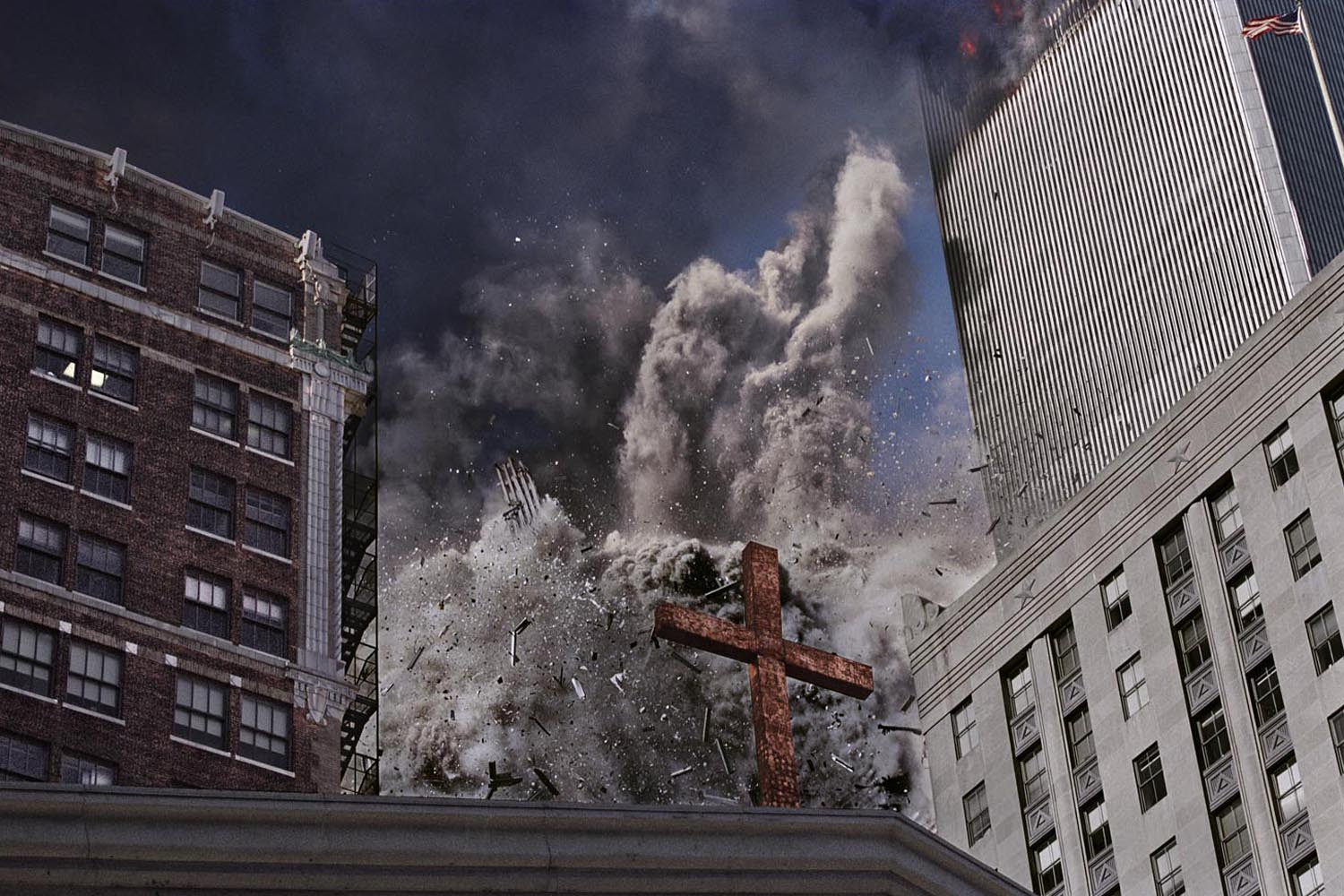
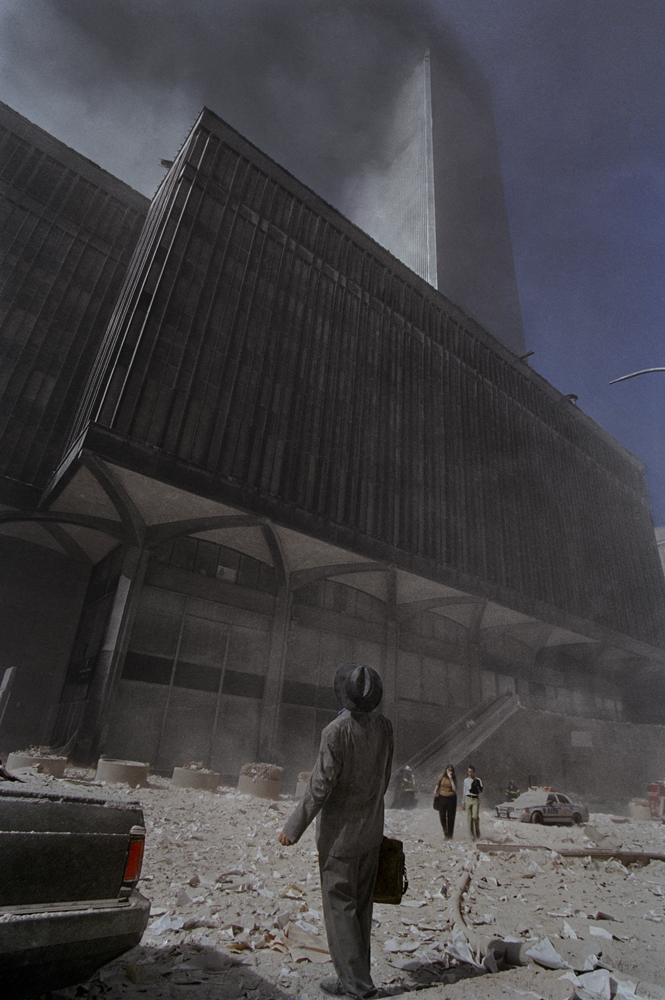
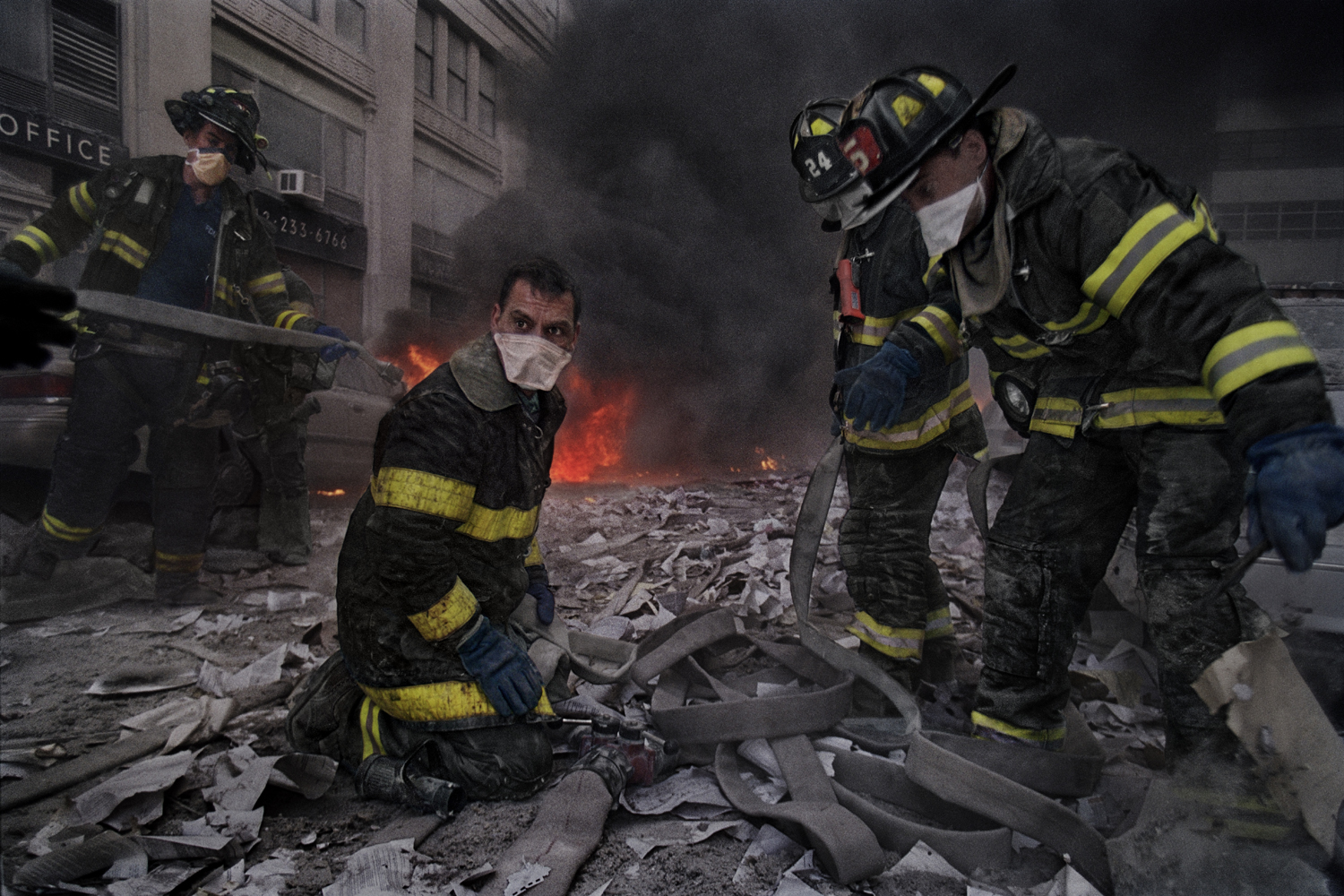
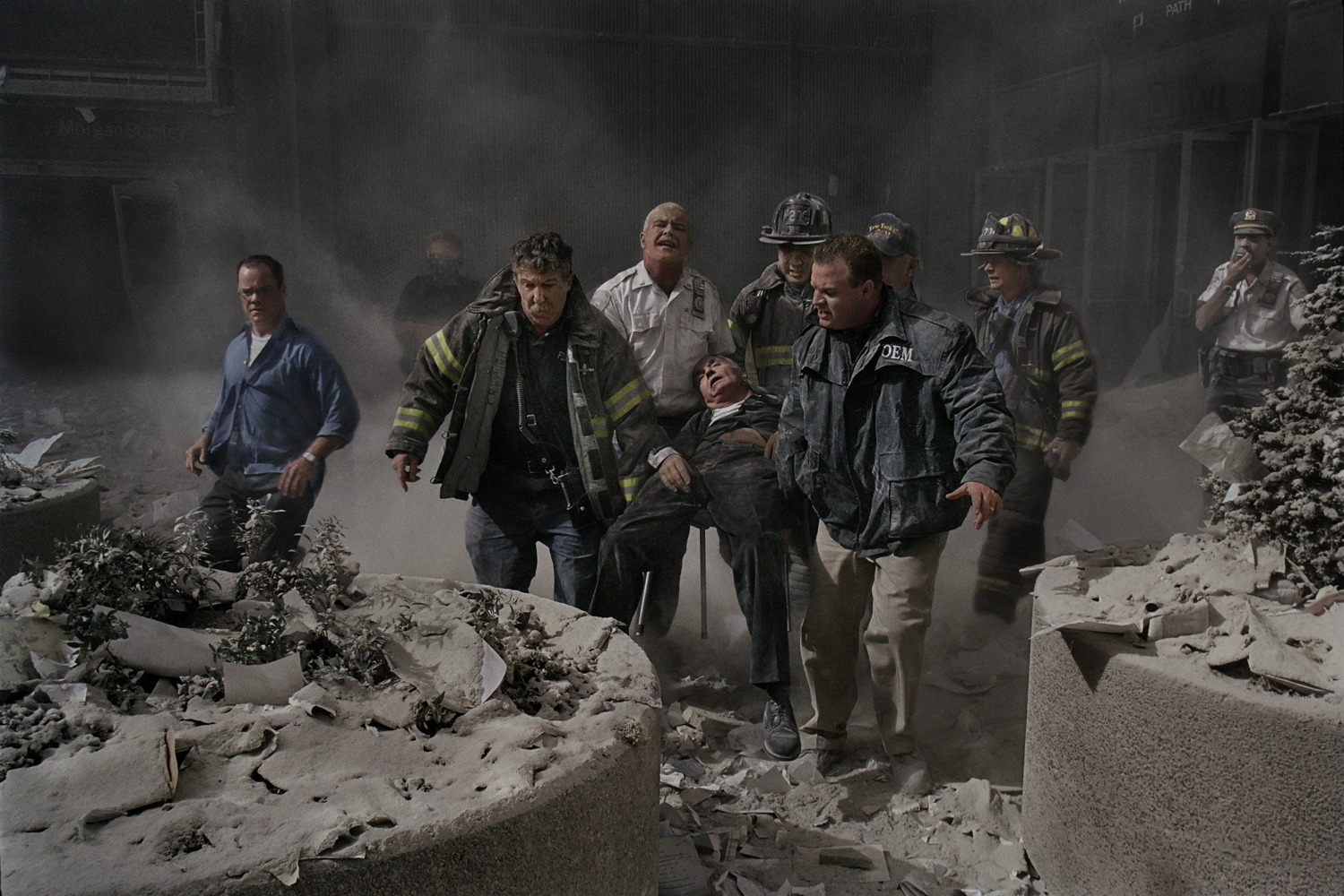
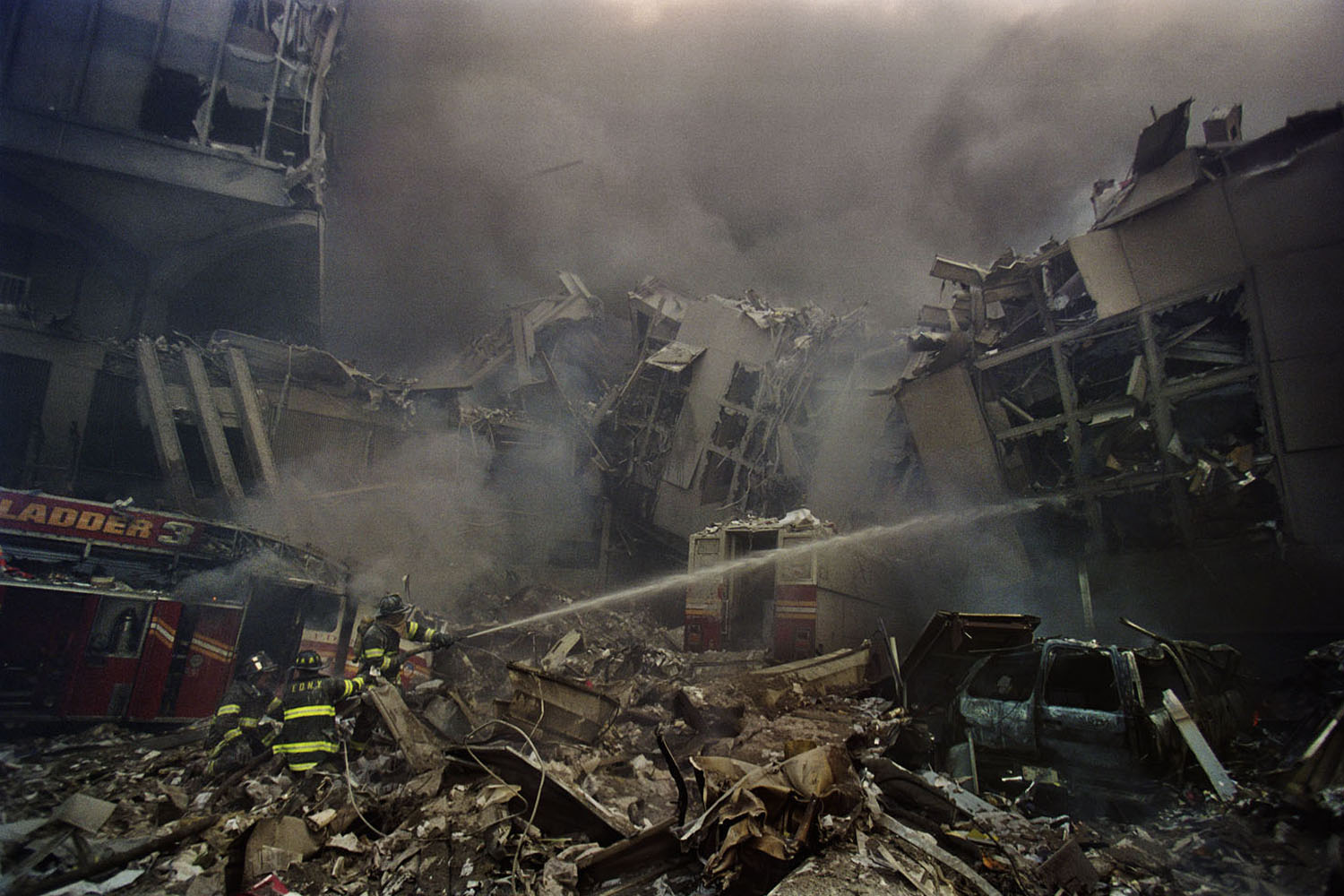
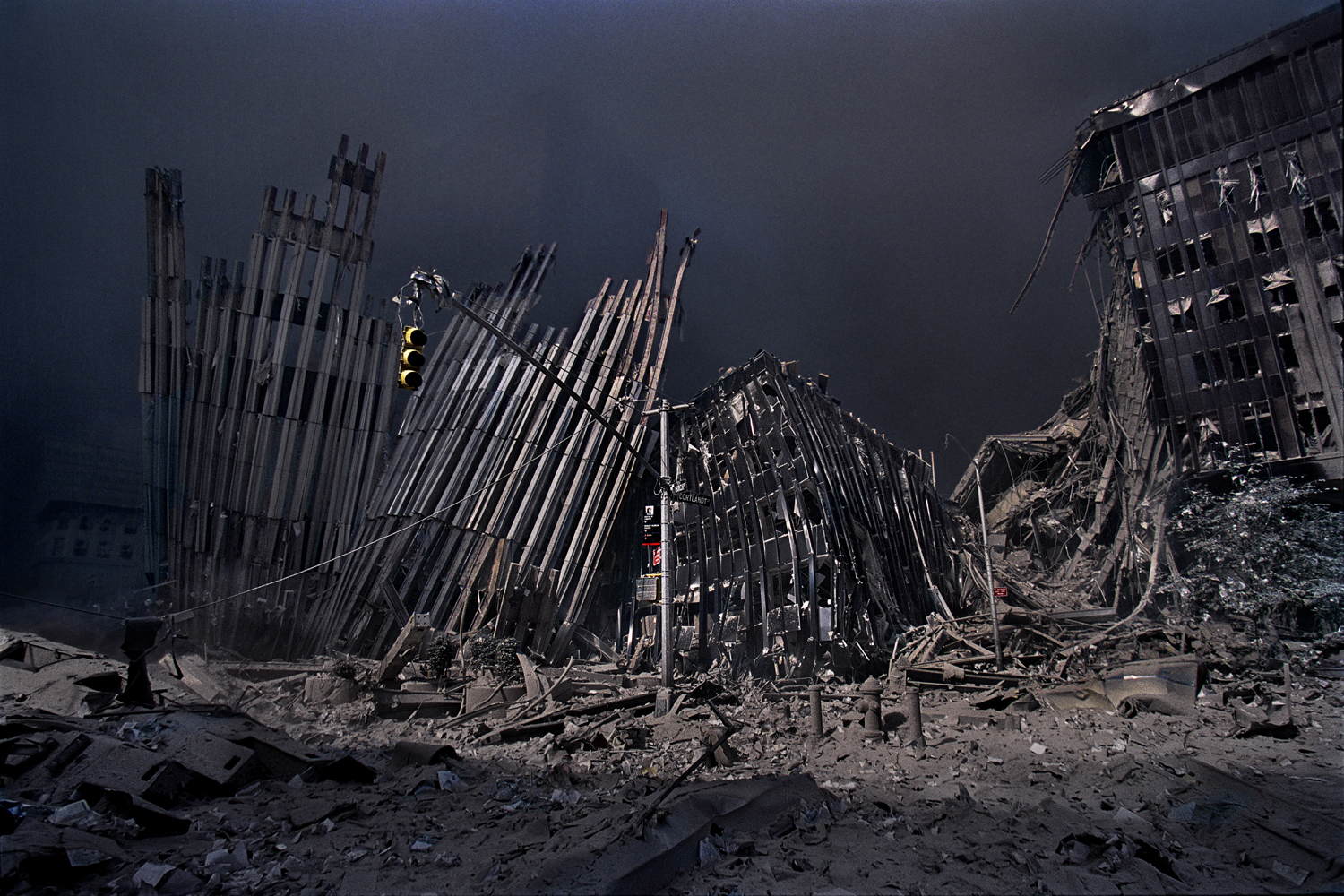
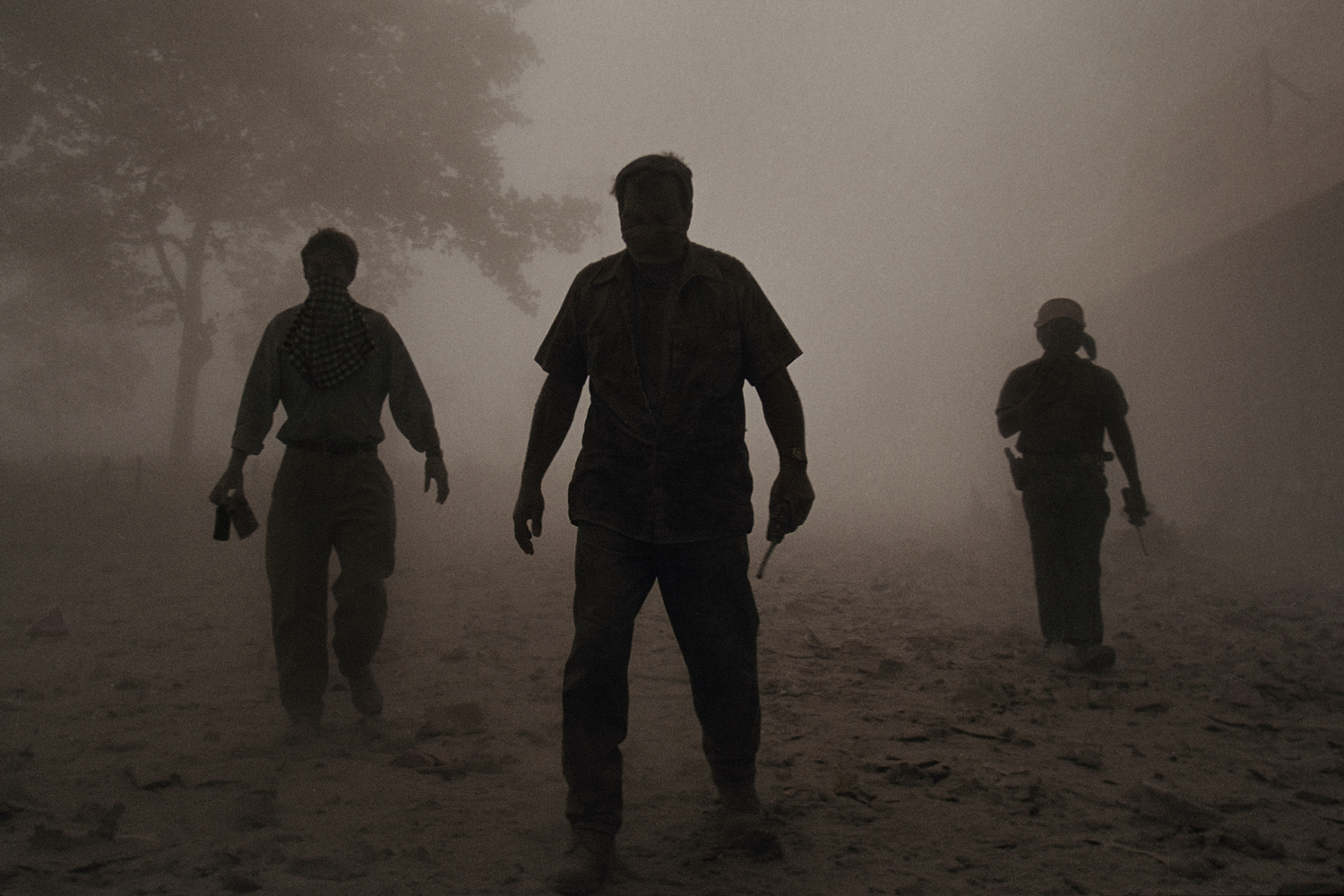
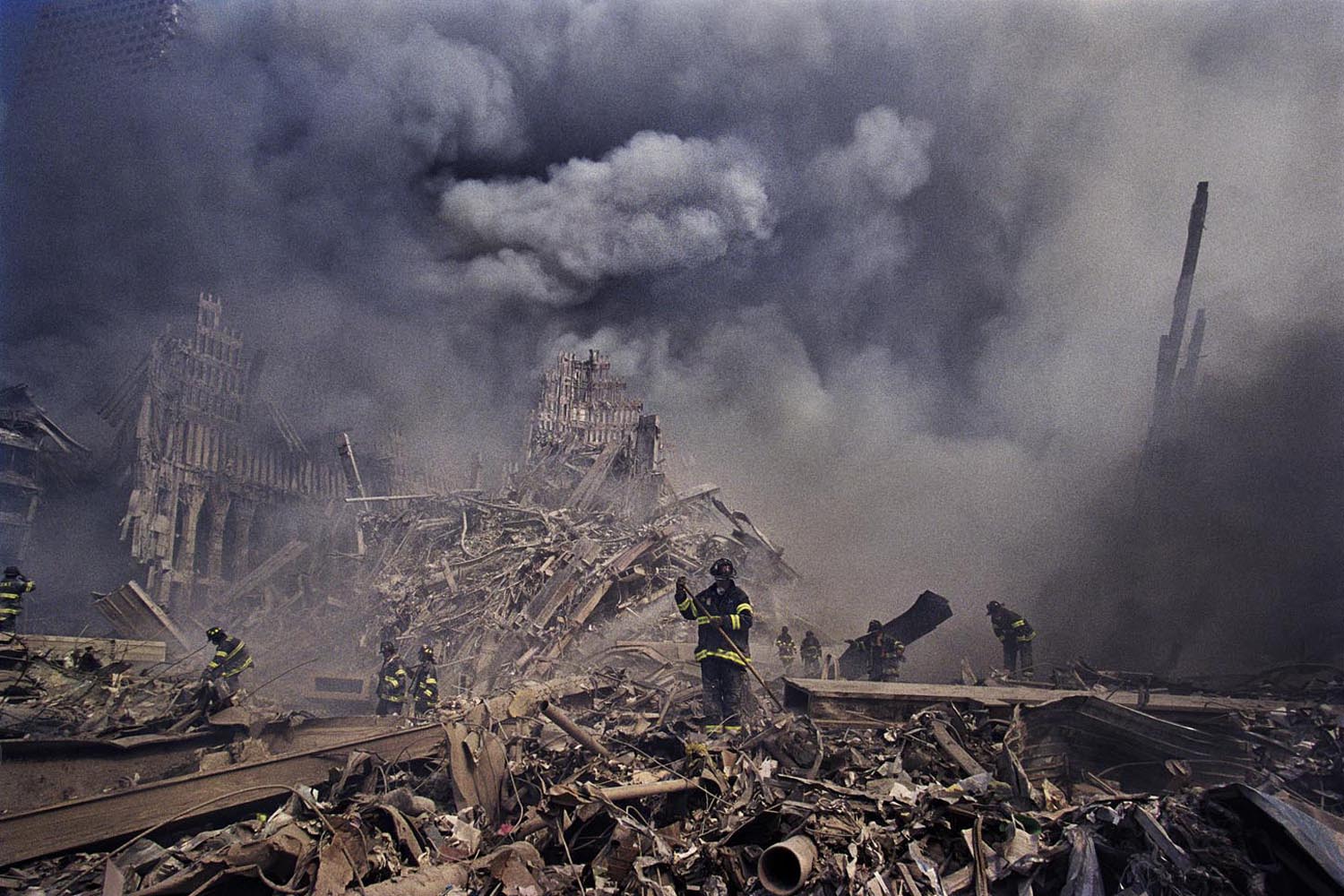
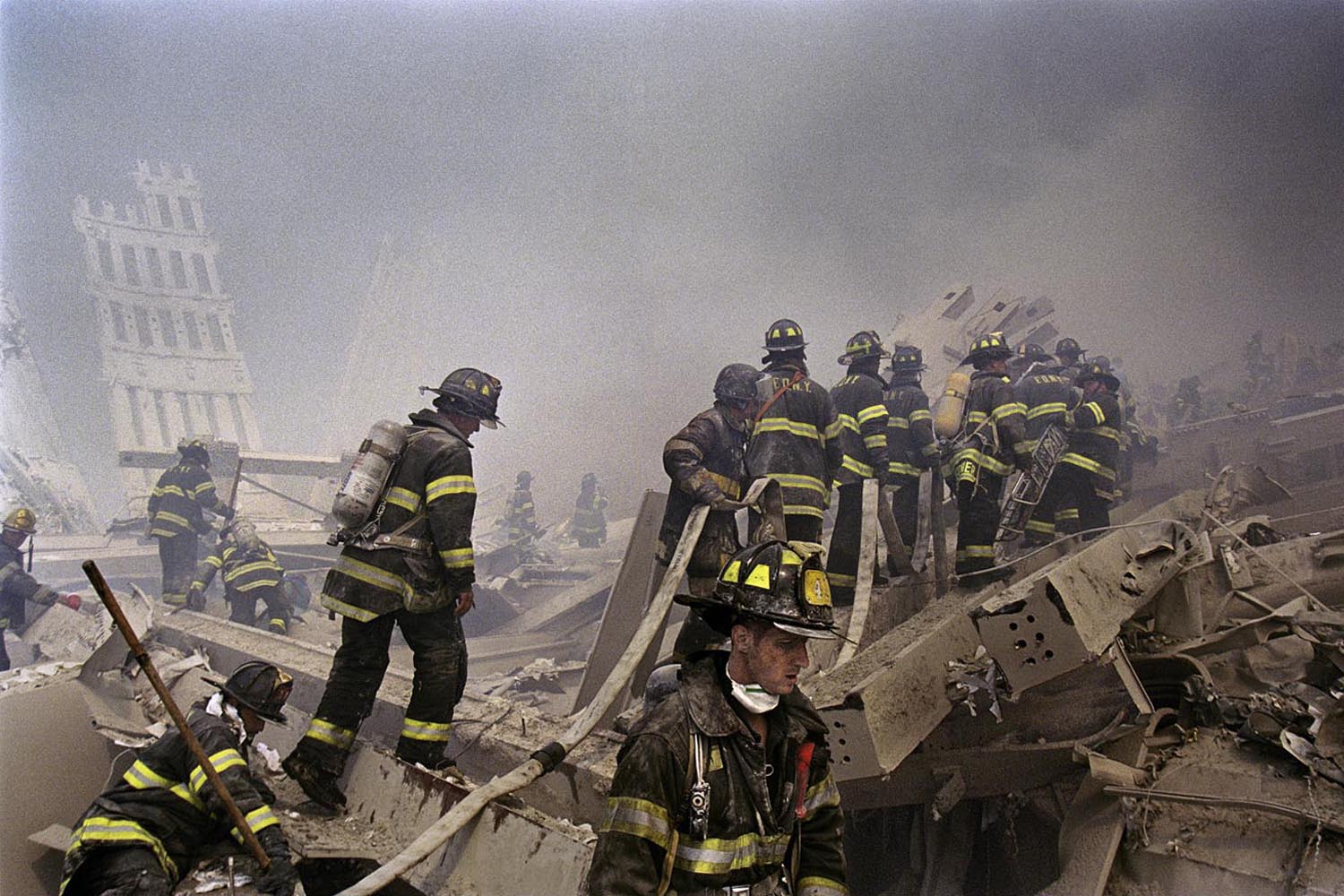
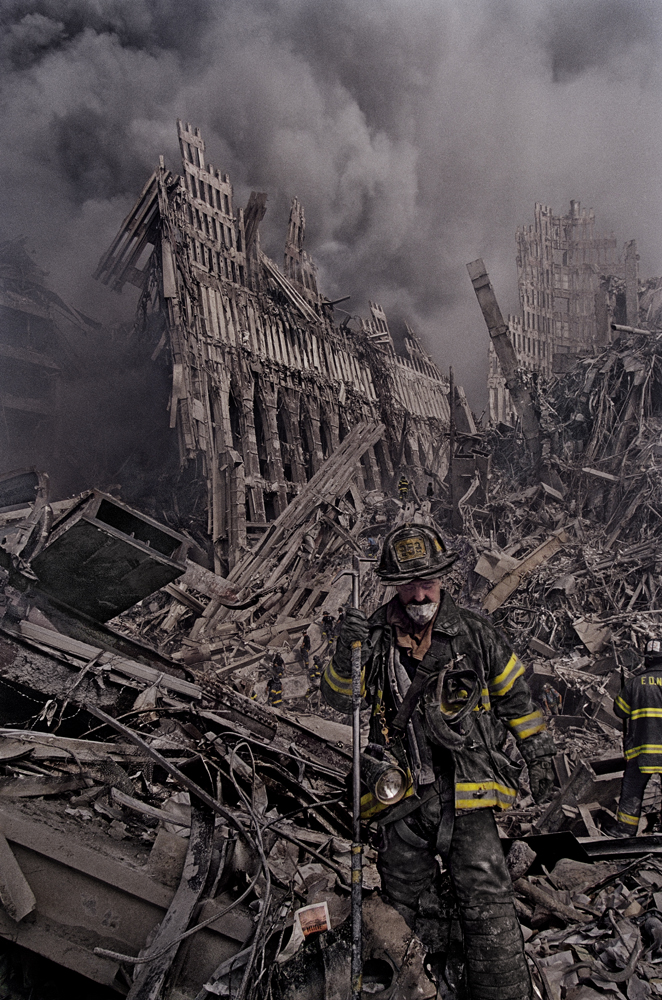
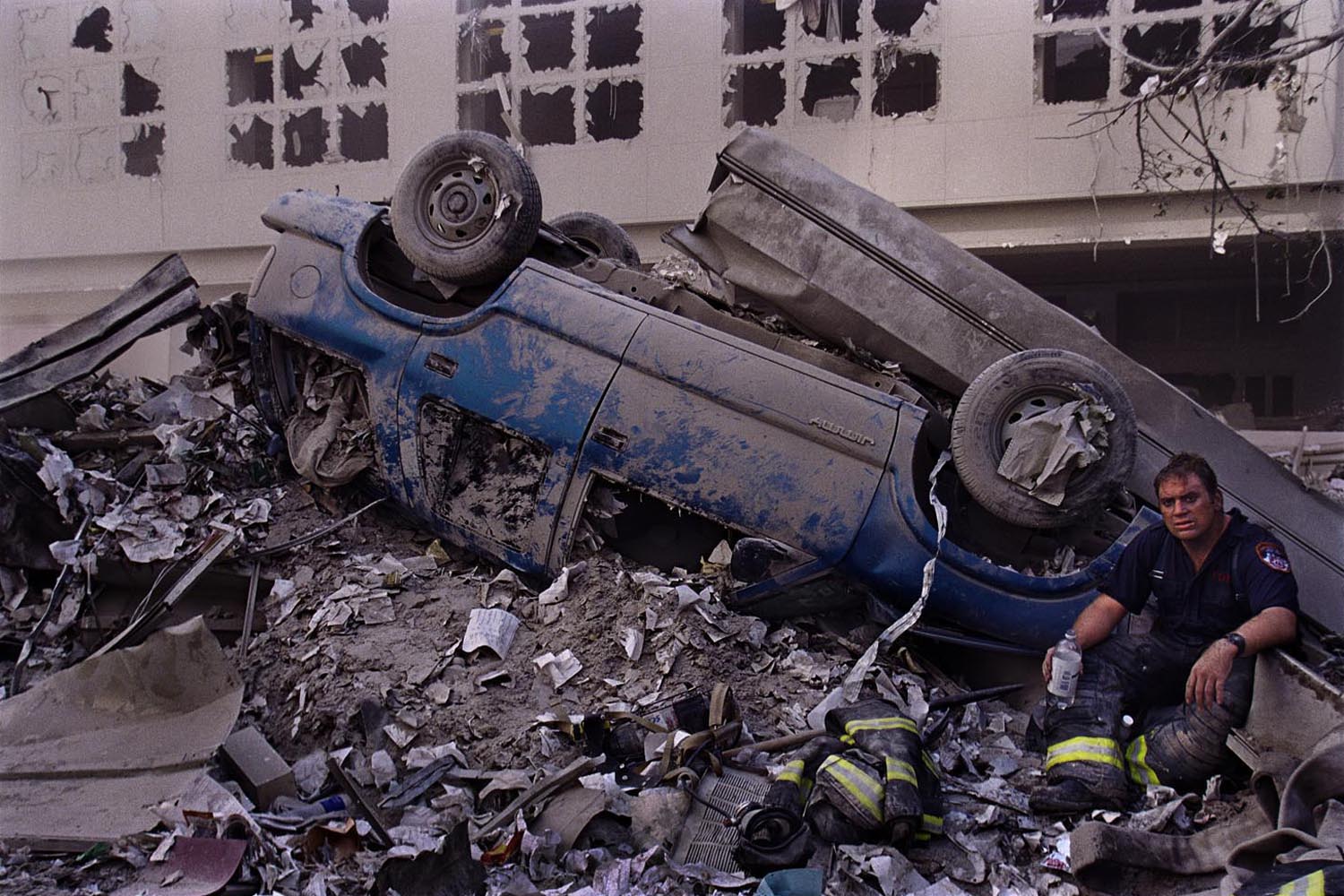
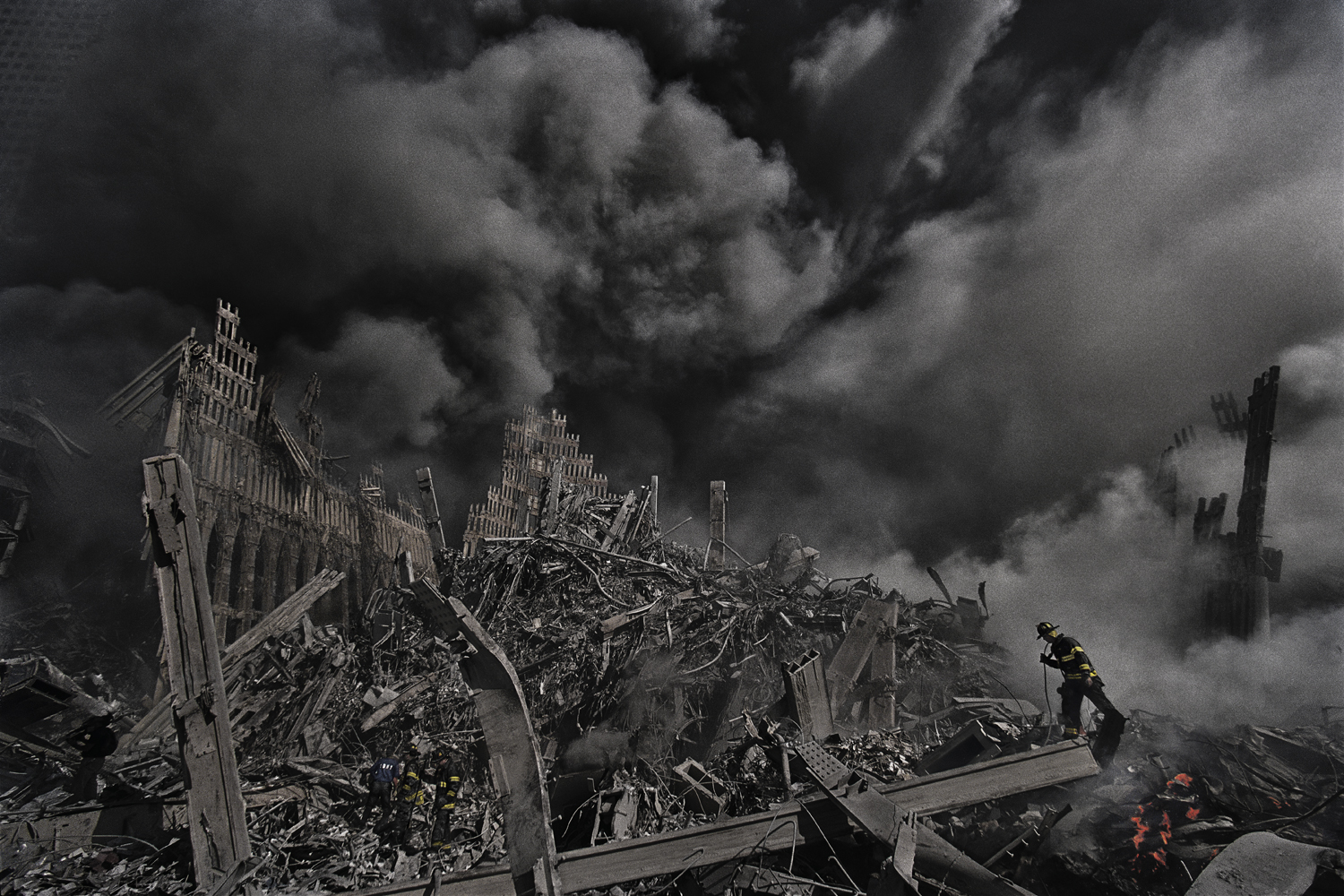
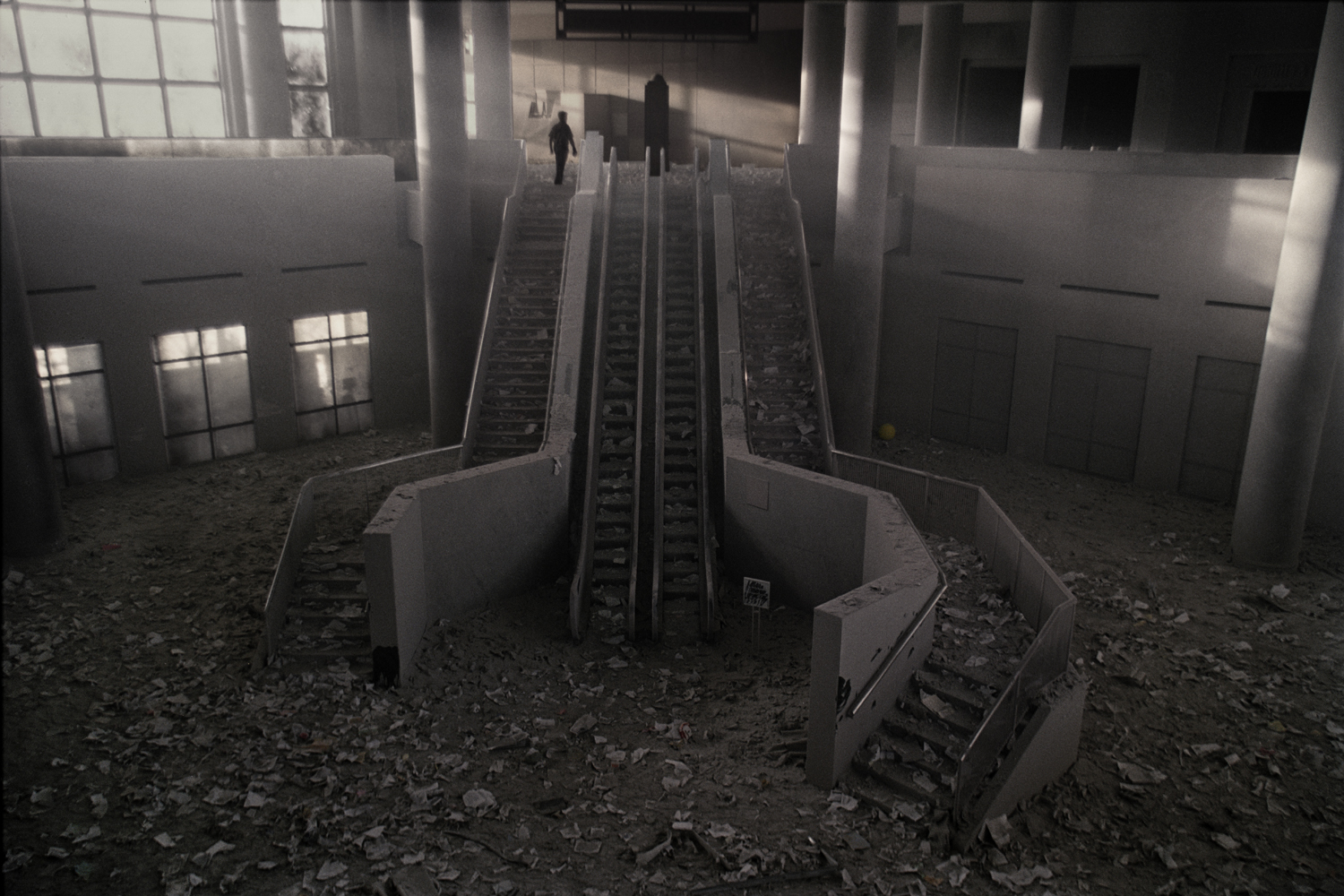
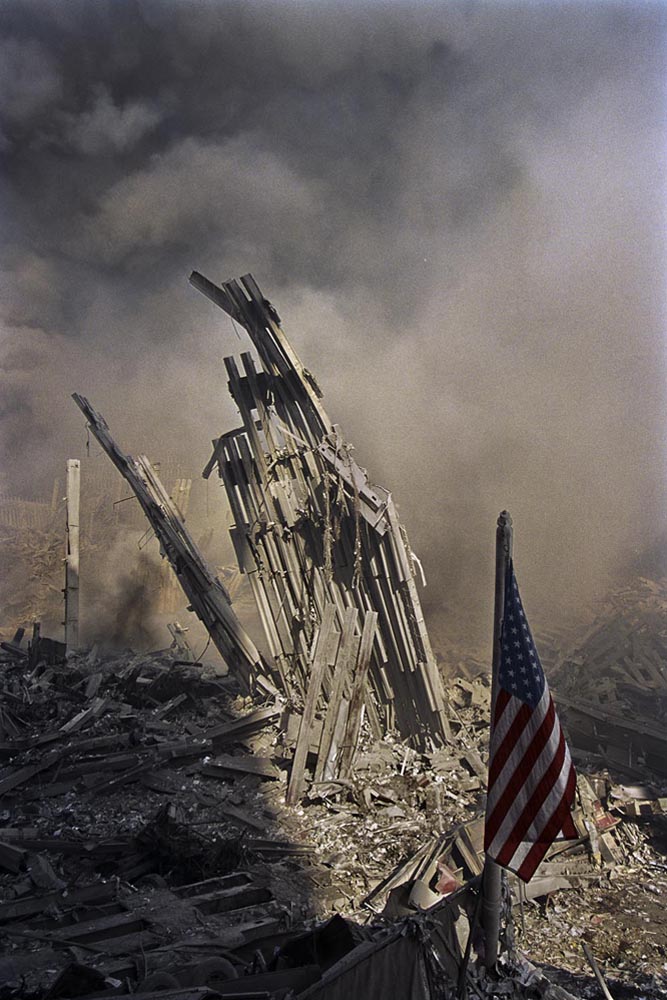
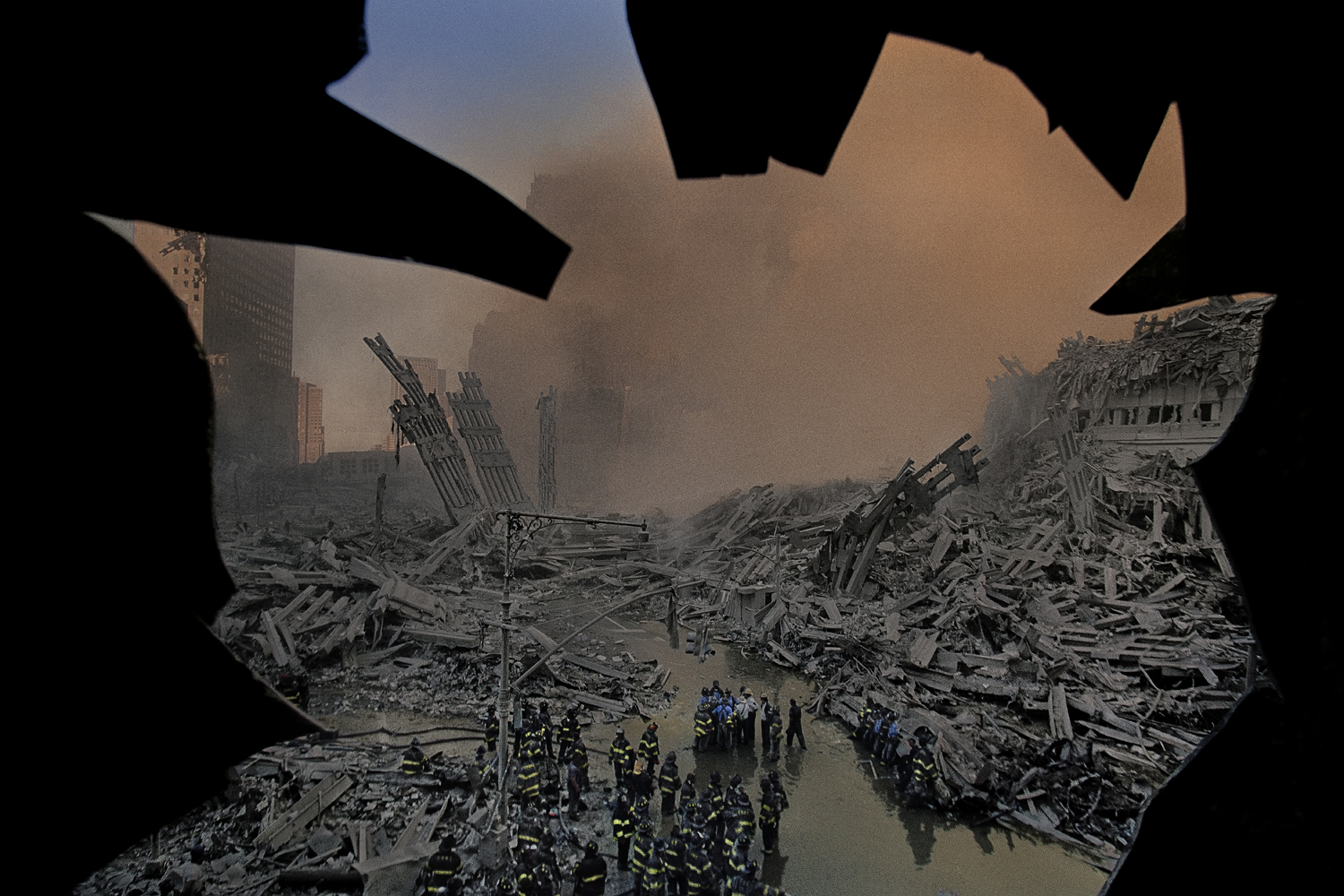
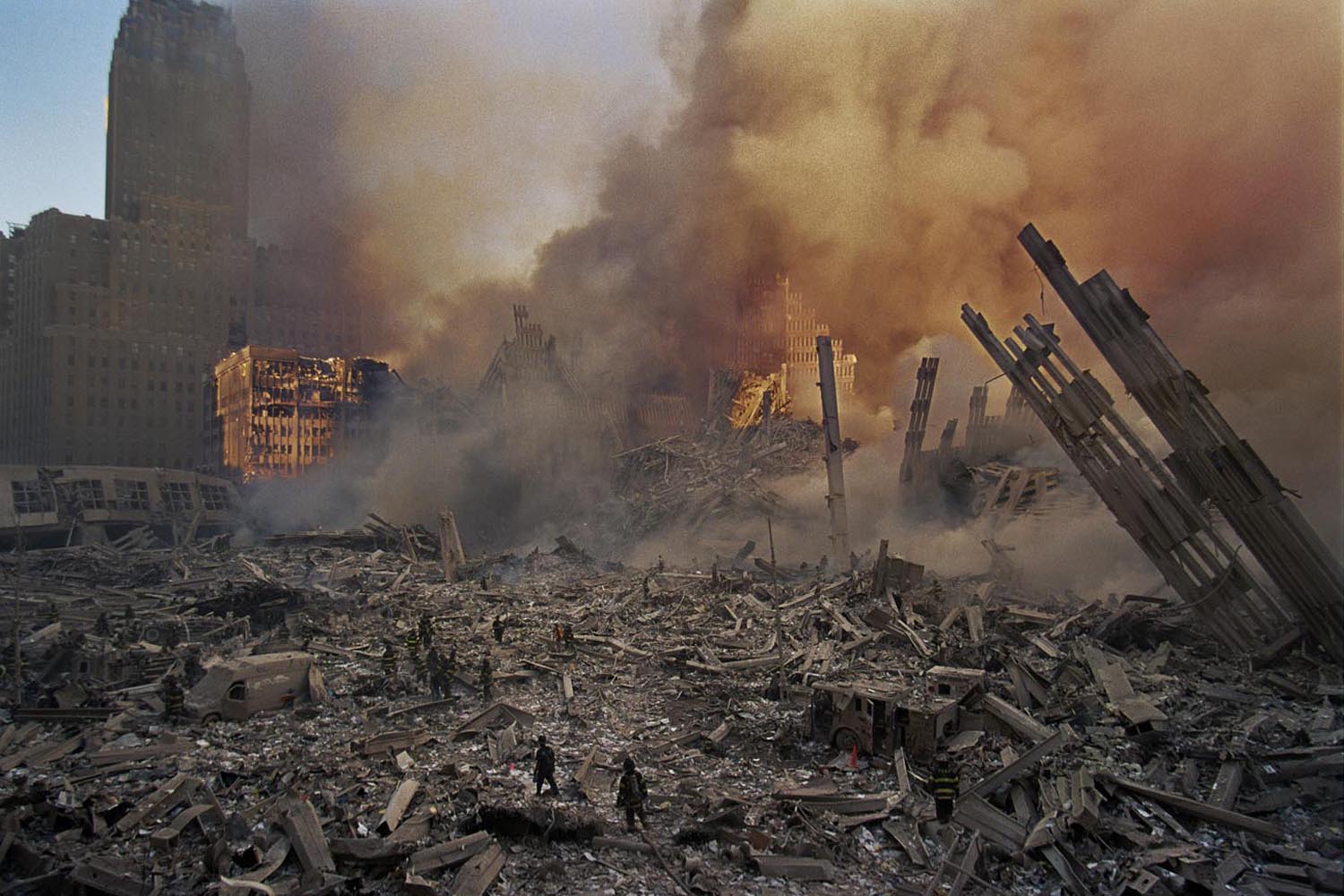
More Must-Reads from TIME
- How Canada Fell Out of Love With Trudeau
- Trump Is Treating the Globe Like a Monopoly Board
- Bad Bunny On Heartbreak and New Album
- See Photos of Devastating Palisades Fire in California
- 10 Boundaries Therapists Want You to Set in the New Year
- The Motivational Trick That Makes You Exercise Harder
- Nicole Kidman Is a Pure Pleasure to Watch in Babygirl
- Column: Jimmy Carter’s Global Legacy Was Moral Clarity
Contact us at letters@time.com